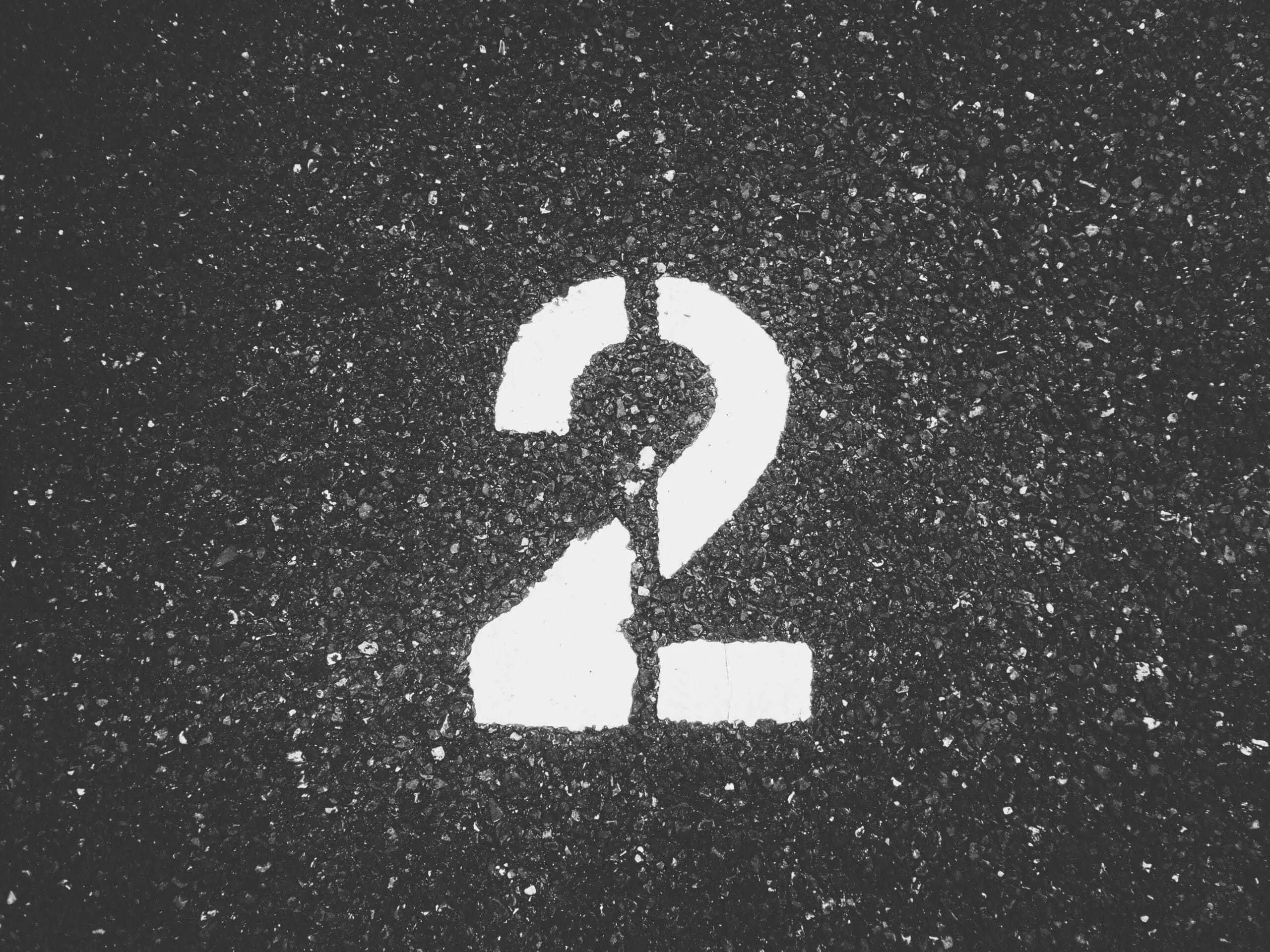
Why So Many Women Misidentify Themselves as Enneagram Type Two
It was the third day of our Enneagram intensive training outside of London when Anna* approached the facilitator and asked to speak directly to the group. She looked completely different than she had the day before when she sat as a panelist in the Type Two workshop, sharing her experience as the “Helper” of the Enneagram.
On the panel, she was understated, friendly, relatable, and a bit shy. Today she was bold and polished, with carefully coiffed hair and stylish clothes. She strode confidently to the front of the room to address us.
“This is embarrassing, since I know we are in an advanced Enneagram workshop, and yesterday I shared my experience as a Type Two, but over the last day, I’ve realized something… I’m not a Two.”
She elaborated:
“It started last night, after the panel. I was in my hotel room, thinking that something just wasn’t right. I didn’t feel in sync with the other panelists. As I reflected on it, I began to see that the truth is I want you all to see me as a kind, helpful person. I want you to see me as the BEST kind and helpful person. But I want your recognition more than I want to actually be helpful. When I realized that, everything started to fall into place for me. I’m not a Two, I’m a Type Three.”

How Anna Became Convinced she Was a Type Two
Anna went on to describe how she had gotten confused because growing up in Eastern Europe, surrounded by her family with traditional values, she was expected to be kind, giving, selfless, and other-oriented. She didn’t want to disappoint the people who were important to her, so she adopted behavior that aligns with an Enneagram Type 2.
She got good at the role of the helper and integrated it as though it was part of her personality. She was seen as helpful and selfless by her friends and peers. Professionally, she advanced in her position as a senior administrator at a university.
But then she went on to explain her internal world, which was very different from the thought patterns of a Type Two.
She shared how deeply competitive she was, even if it wasn’t evident on the surface. She mentioned being image conscious and how much titles, promotions, and recognition mattered to her. She said she would avoid failure at all costs, even if it meant avoiding things she wanted to do but wasn’t sure she could succeed at.
She seemed relaxed and at ease as she spoke of her true motivations. Her thought patterns matched a Type 3, the Performer. She had found herself at last, even though she had misunderstood her behavior for years.
Anna wasn’t the first and won’t be the last woman to misidentify herself as a Type Two – the helper, giver, and befriender of the Enneagram.
Why do many women make this mistake? Societal roles and the Enneagram is a big topic.
Let’s break it down.
Societal Roles
Societal roles refer to a set of expectations, responsibilities, and norms that are placed on an individual in a society. In essence, this is the way people in your society expect you to behave based on the role they see you in.
Gender plays a big part in societal roles, and while there are a few places where matriarchies exist, in most of the world, we live in patriarchal societies.
In a patriarchal society, gender roles tend to be clearly divided. Men are expected to be the leaders in charge, and the characteristics of strength, power, decisiveness, and resourcefulness are valued. Weakness is avoided, and vulnerability is looked down on. These behavioral characteristics align closely with Type 8, the Leader or Challenger.
In contrast, women in a patriarchal society are expected to be the nurturers of the group, and the characteristics of helpfulness, empathy, support, and self-sacrifice are valued. Assertiveness and self-advocacy are looked down on. These behavioral characteristics align closely with Type 2, the Helper.
With this as the backdrop, it is easy to see how many women are socialized to act like Type Two helpers.

The Lens of the Enneagram
Students of the Enneagram know that at its most basic level, the Enneagram seeks to identify a habit of attention. When trying to learn or confirm your Enneagram type, the most important thing is the answer to one question:
Where does your attention go?
Behavior radiates out from a habit of attention, but your behavior doesn’t determine your Enneagram type. Your habit of attention does.
This important distinction is key in helping women who have been socialized to act like Type Two to avoid misidentifying themselves.
Because of societal conditioning, women from many cultures will identify with the behavior of Type Two. They’ve been shaped from a young age to believe they should be helpful, self-sacrificing, and nurturing. But this behavior may not match their internal world and their habit of attention.
Key Traits of Type 2
So, if helpful behavior doesn’t necessarily correspond to the thought patterns of Type Twos, what does?
At a fundamental level, Type Twos got the sense early in life that in order to get their emotional needs met, they would have to meet the needs of others. This focus on others as a way to get their own needs met sets the stage for the Type Two thought pattern.
As they grow up, their focus on others leads them to lose touch with their own needs. This helps explain why self-care and personal boundaries are so difficult for most Type Twos.
Being a Type Two isn’t all about being kind and helpful to others. The thought pattern is much more complex. Let’s look at three key elements that are part of the inner world of a Type Two.
Thought Pattern 1: Strategic Giving
Whether conscious or subconscious, Twos often have a strategic angle in their helpful nature. They can be giving, generous, and supportive, but there is an underlying, often subconscious belief of “I am supporting you now so that when I need support, you’ll pay it back to me.”
This “giving to get” is part of the Two’s world, though it is only those Twos who have done a lot of work on themselves who will be able to recognize it. Why is it so hard for Twos to recognize this strategic giving? Pride is one of the chief features of the type, and this can make it difficult for them to see their own motivations.
Thought Pattern 2: A Desire to be Likable
A desire to be liked is part of the Two’s inner world, and this desire takes up a lot of space in their mind.
In her discussion with Ian Morgan Crohn, Beatrice Chestnut, Enneagram teacher, author, and speaker who is a Type 2 herself says:
“While Type Twos can be helpful and give people what they need – sometimes before they’ve even asked for it – it is a complicated, strategic type of giving. What is more prominent in the experience is the desire to be liked. For me, as a Type Two, helping is one of many tools I use to engender ‘liking’.”
Other Enneagram types may be highly aware of the opinions of others, but their goals are different. They may want to be seen as correct, successful, powerful, and so forth. Twos want to be liked.
Thought Pattern 3: A Desire to be Needed
Twos fear rejection. They subconsciously address this fear by striving to become indispensable. They may proactively look for needs to fill for the important people in their lives, and many Twos report that it makes them uncomfortable when they are in an environment where nobody needs anything.
On the one hand, this desire to be needed can look like support and caring. But if it isn’t offered with a high amount of conscious intention, it can slide into codependency, meddling, and unhealthy involvement in the lives of others.

In Summary: Type 2 Misidentification with Women is a thing
Patriarchal societies inadvertently socialize many women to act like Type Twos. When it comes to the Enneagram, this can lead to misidentification.
It is important to remember that the Enneagram is about thought patterns and a habit of attention, not about behavior. There is no single question that determines if someone is a Type Two.
Instead, deeply studying the motivations of the type, as well as listening to people who are certain they are Twos discuss their experience, can help you decide for yourself if you are in fact the helper, giver, and befriender of the Enneagram.
To all the woman out there: What is your Enneagram type? How much do you identify with the patterns of Type Two, no matter your true type? Share your stories with us at [email protected] or in the comments below.
